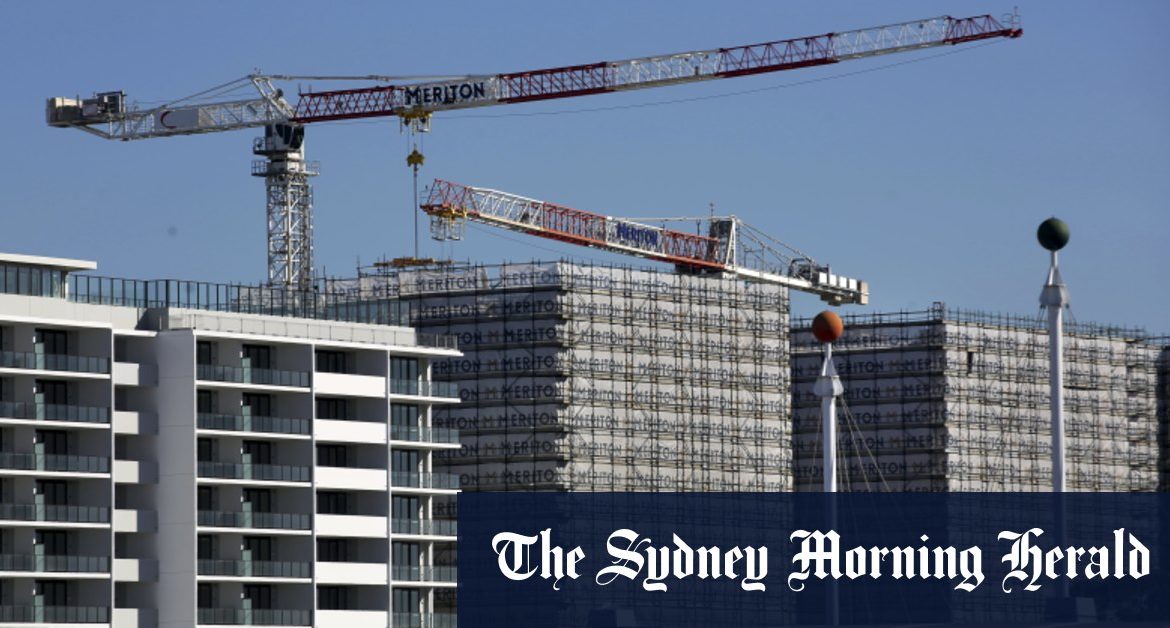Mrs Hancock said under the proposal, rating income growth would be aligned with population growth to help councils provide for growing suburbs while protecting residents from “unfair” rate rises through the rate pegging system.
Loading
“Some councils, particularly in Sydney’s growth corridors, have faced a substantial increase in population while their rating bases have come under significant pressure with higher demand for new or upgraded local infrastructure and services,” she said.
“We have commissioned [the Independent Pricing and Regulatory Tribunal] to develop a methodology to allow for population growth to be taken into account when it sets the annual rate peg which caps council rating revenue increases each year.”
The draft bill also allows 17 councils created from the forced mergers in 2016 to harmonise their rates over four years, instead of the previous deadline of July 2021, to protect ratepayers from “excessive and sudden” increases.
Georges River Council in Sydney’s south is one local government area that has proposed increasing the amount of money it collected in rates in order to help the council “meet the cost pressures of a growing population”.
The council’s own community consultation on its proposal found residents “think it is unfair that council’s rate income is not permitted to increase consistent with development and population growth”.
Local Government NSW President Linda Scott, second from right, has called for broader reform of the rating system.
It prompted the Greens and the organisation representing NSW’s 128 councils to renew their push to abolish the rate peg, which is the maximum percentage amount by which councils can raise their general income each year.
Local Government NSW president Linda Scott, who is a City of Sydney Labor councillor, said a ratings formula that recognised the impact of population growth was an improvement, but any increase to rates would be limited by the peg. She said many councils faced financial crisis as they tried to provide infrastructure and services.
Loading
“The rigidity of NSW’s current ratings system and its one-size-fits-all rate peg has deprived communities of vital local infrastructure for far too long,” she said.
“These reforms don’t go far enough to solve underlying financial sustainability issues, so we are looking at a Band-Aid rather than a cure.”
Greens MP David Shoebridge said the “modest changes for greater rating flexibility and rate increases that track population growth are a small step forward, but what’s really needed is an end to rate capping”.
“Local councils have been at the frontline in helping their communities survive fire, floods and a pandemic and these proposals go nowhere near far enough to allow them the financial independence and resources they need,” he said.
The consultation guide on the draft legislation said the government would not consider further changes to the rate peg “at this time”.
NSW councils have long complained about the policy of rate-pegging, also referred to as rate-capping, arguing it constrains their ability to carry out critical works.
The IPART set the 2020-21 rate peg at 2.6 per cent, with many councils having already applied the full peg.
Start your day informed
Our Morning Edition newsletter is a curated guide to the most important and interesting stories, analysis and insights. Sign up here.
Megan Gorrey is the Urban Affairs reporter at The Sydney Morning Herald.
Most Viewed in National
Loading







